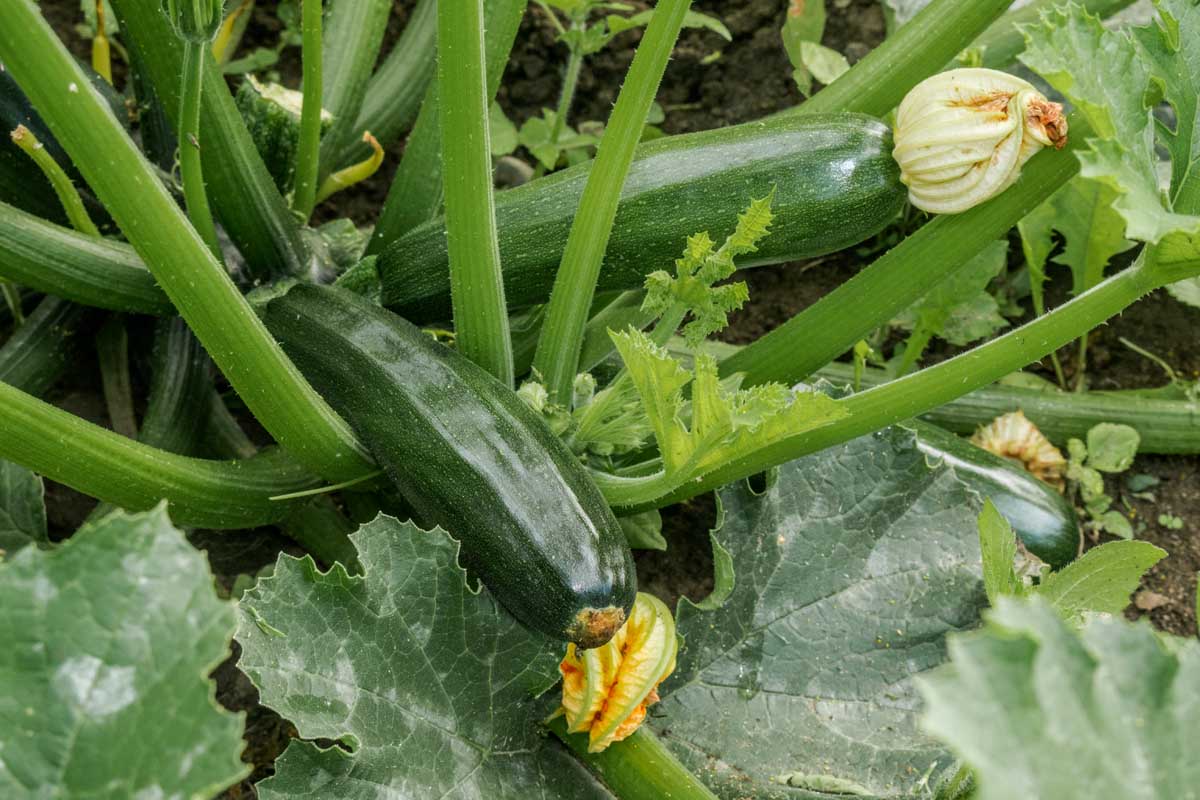By Jessica Jacobs, Contributing Writer
Zucchini is a beloved vegetable in home gardens for its high yield and culinary versatility. For those with limited space or a desire to try something creative, growing zucchini in a tire planter is a sustainable and efficient method. This guide will walk you through the process step by step, ensuring your plants thrive.
Why Choose Tire Planters?
Tire planters offer several benefits for zucchini cultivation:
- Excellent Drainage: Prevents waterlogging, which can cause root rot.
- Heat Retention: The dark surface of the tire absorbs and retains warmth, promoting growth.
- Space Efficiency: Ideal for compact gardens or urban spaces.
Step-by-Step Guide to Growing Zucchini in a Tire Planter
Step 1: Gather Materials
- Tire: A large, clean tire free of sharp debris. Drill drainage holes if needed.
- Potting Soil: Use nutrient-rich, well-draining soil.
- Seeds or Seedlings: Start seeds indoors before the last frost or purchase seedlings.
- Compost or Fertilizer: Boost growth with organic matter.
Step 2: Prepare the Tire
Clean the tire thoroughly and line the interior with a plastic sheet if you’re concerned about chemical leaching. Drill multiple drainage holes in the bottom for proper water flow.
Step 3: Fill and Position the Planter
Place the tire in a sunny spot that gets 6–8 hours of sunlight daily. Fill it with potting soil, leaving a few inches from the rim to prevent spills.
Step 4: Planting Zucchini
- Seeds: Plant 1 inch deep and 2–3 feet apart, following packet instructions.
- Seedlings: Create a hole for the root ball, place the seedling, and pat soil around the base for stability.
Step 5: Water and Mulch
Water the planter until the soil is moist but not soggy. Add a layer of organic mulch (like straw or wood chips) to retain moisture and regulate temperature.
Caring for Your Zucchini Plant
- Watering: Deeply water once or twice a week, allowing soil to dry slightly in between.
- Fertilizing: Apply organic fertilizer every 2–3 weeks for optimal growth.
- Pruning: Remove yellow or diseased leaves to enhance airflow and focus energy on fruit production.
- Pollination: If bees are scarce, hand-pollinate flowers with a small brush.
- Pest Control: Watch for aphids, squash bugs, and powdery mildew. Use organic remedies as needed.
Harvesting
Zucchini is ready to harvest within 40–60 days. Pick fruits when they’re 6–8 inches long for the best texture and flavor. Use a knife or shears to avoid damaging the plant.
Alternative Planters
Not keen on using a tire? Here are other excellent options:
- Raised Beds: Provide depth and excellent drainage.
- Containers: Choose pots at least 18–24 inches deep with drainage holes.
- Grow Bags: Lightweight and portable, perfect for limited spaces.
- Wooden Barrels: Drill holes for drainage; line with fabric if needed.
- Pallet Planters: Use vertical space creatively for a compact garden.
- Garden Beds: Plant directly in soil amended with compost for larger spaces.
With the right care and a touch of creativity, growing zucchini in a tire planter—or any alternative—can yield a bountiful harvest while making the most of your garden space. Happy gardening!
This version organizes the information clearly and enriches it with practical details while staying engaging for readers.
